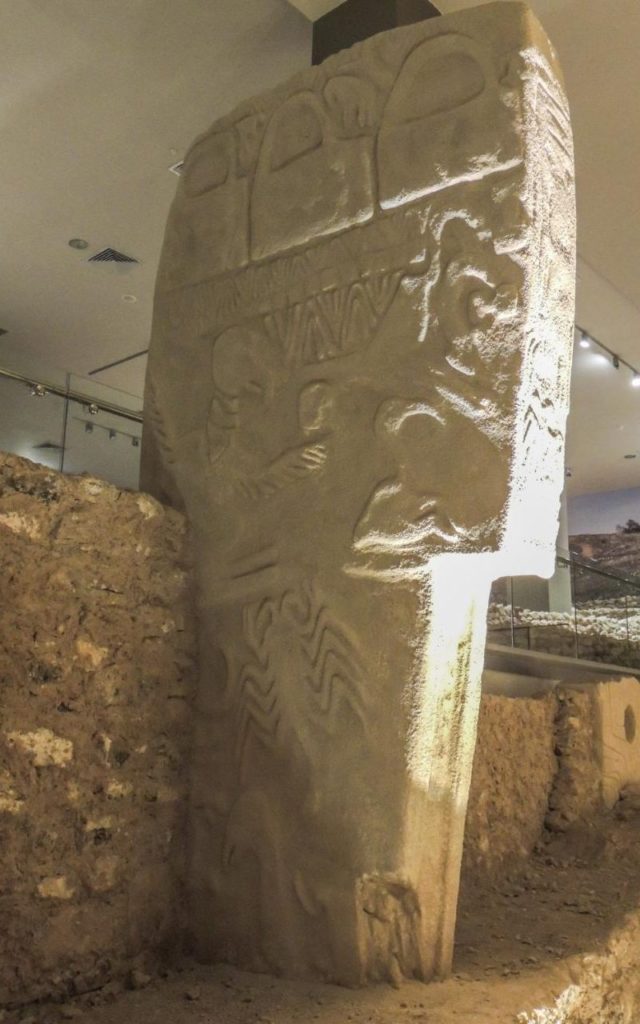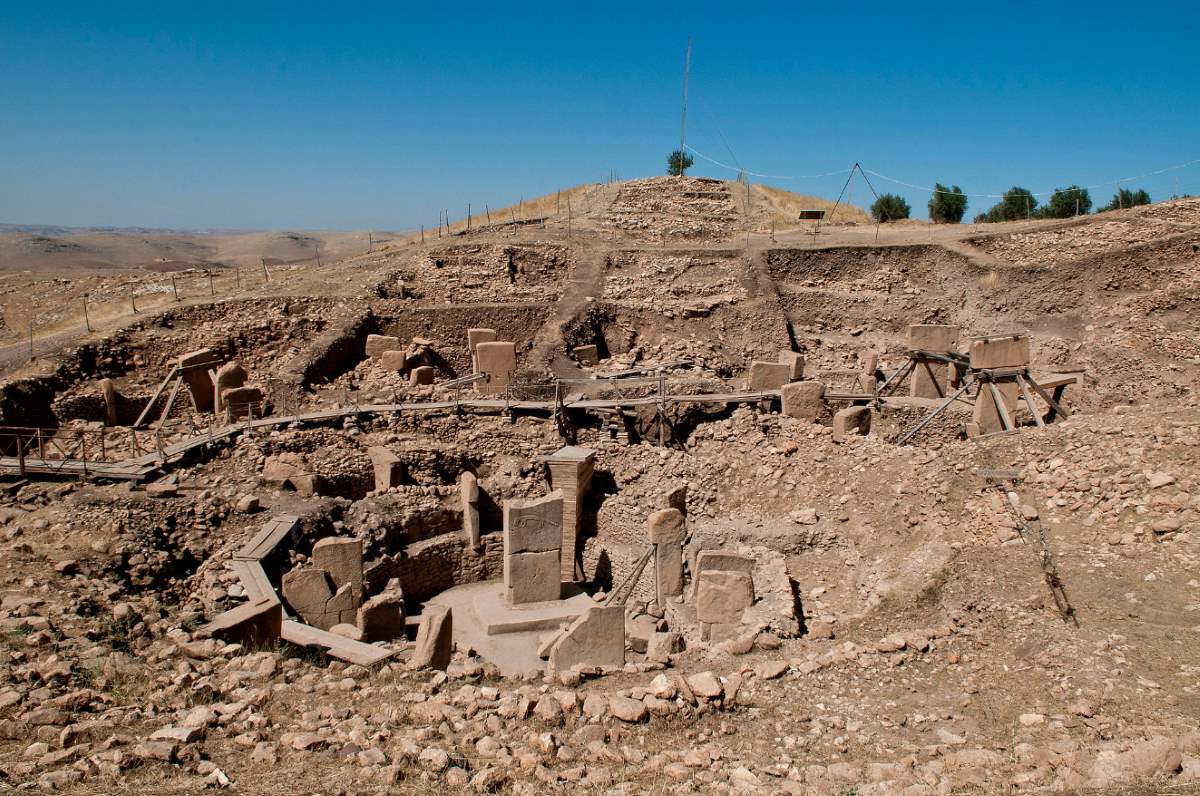For many years researchers have theorised that an unexplained drop in global temperatures during the period which is known as Younger Dryas was caused by a comet impact on Earth.
Now incredibly a team of researchers at the University of Edinburgh believe that they may have actually found concrete documented evidence of the event carved in stone. The symbols were found engraved at the ancient Turkish site of Gobekli Tepe.

Researchers used a computer program to map out how the constellations would have appeared in Turkey at the time the carvings were created, and to the researchers’ delight, the symbols seemed to confirm that a swarm of comet fragments rained on the Earth around the time of the sudden temperature drop. The event would have dramatically changed the course of human history, giving rise to civilisations and in turn wiping out the woolly mammoth species.
“I think this research, along with the recent finding of a widespread platinum anomaly across the North American continent virtually seal the case in favour of (a Younger Dryas comet impact),” said study leader Dr Martin Sweatman.
“It appears Gobekli Tepe was, among other things, an observatory for monitoring the night sky.”
Symbolism found on the pillars also indicate that the long term axis changes of the Earth were recorded at the time, using an early form of writing.
The find also supports the theory that Earth may likely experience a period of time where comet strikes are more likely to occur, due to the planet’s orbit intersecting with rings of comet fragments in space.
Despite the remarkable find however, Dr Sweatman believes that there are likely older records of astronomy recorded in some form of ancient art.
“Many paleolithic cave paintings and artefacts with similar animal symbols and other repeated symbols suggest astronomy could be very ancient indeed,” he said.
“If you consider that, according to astronomers, this giant comet probably arrived in the inner solar system some 20 to 30 thousand years ago, and it would have been a very visible and dominant feature of the night sky, it is hard to see how ancient people could have ignored this given the likely consequences.”





